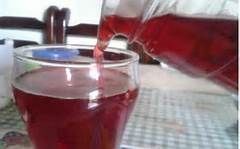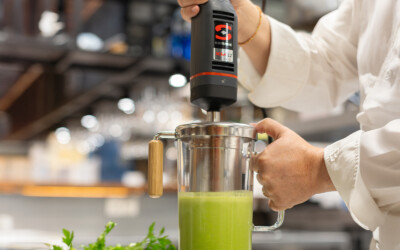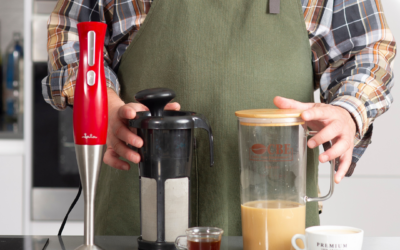Chufamix was born in Spain with the firm intention of developing the so delicious homemade “horchata of chufas” or “tigernut milk” ( typical drink of Valencia), in a quick and easy way. Once we had designed the prototype, we tried to make “almonds horchata” with it, which is a more traditional drink in Alicante, Baleares, including southern Italy. And it worked !
https://www.youtube.com/watch?v=yUy2oOFwWyU
We´ve learned that the term “horchata” is also used in South America as a generic name for other plant milks made from grains. In Mexico, they typically drink a rice based version, In Oaxaca a sesame seed or ajonjolí based version is produced, and in Chiapas, their version of horchata is based on melon seeds. In Suriname, they drink an “almond orgeat”, in the south of Ecuador, a reddish version of “horchata” is made with over 10 different types of seeds and herbs, and interestingly, all of them are known as: “orxata” , “horchata”, “orchata” and “orgeat”. So we believe that horchata is a latin word which means a very concentrated plant milk.

Red horchata, made from 15 different plants (Ecuador)
This led us to investigate all kinds of nut, grain and seed based drinks from all around the world … and we discovered that in the Arab nations a “sesame milk” is consumed, in areas of Japan a “peanut milk”… on top of this, some “plant milks” like soy milk, rice milk , hemp milk and oat milk are already being consumed regularly worldwide….
Processing methods of horchatas and plant milks vary from place to place: there are horchatas that are based on cow’s milk, or that use milk powder and condensed milk. The Mexican “rice horchata” is an example of this. There are “almond based horchatas” which use 200g of almond per liter of water, and to make “almond milk” between 50 – 100g of almonds are used. There are recipes in which the cereal is cooked, and others in which it is only soaked…
Concerning the use of the sugar in the drink, it´s funny. We have discovered that in almond, rice and chufa based “horchatas” it is common to use large amounts of sugar (from 80 to 500 g per liter). In contrast, sesame or hemp milk usually only contain very small amounts of sugar or none at all.
As if these varieties weren´t enough, current nutritional trends or “groups” also modify traditional recipes by substituting the doses of sugar with syrups or dates. There are also movements that prefer to develop the drink from raw, soaked or sprouted seed instead of cooking it beforehand. Creating and developing new ways to develop the much appreciated “plant milk”.

Traditional method of filtering: strainer, cloths and now, our beloved Chufamix.
Respecting each and every individual preference, current or ancient, it pleases us to know that Chufamix provides a simple method of making and filtering the milk to everyone, whatever the recipe you use. It helps us to overcome the limitations of industrially produced plant milk and make horchata and natural vegetable drinks from local raw products in the comfort of your own home. The result is a more natural tasting beverage with all of the nutritional benefits of the raw product in tact which are much better in comparison to the industrial ones.






0 Comments